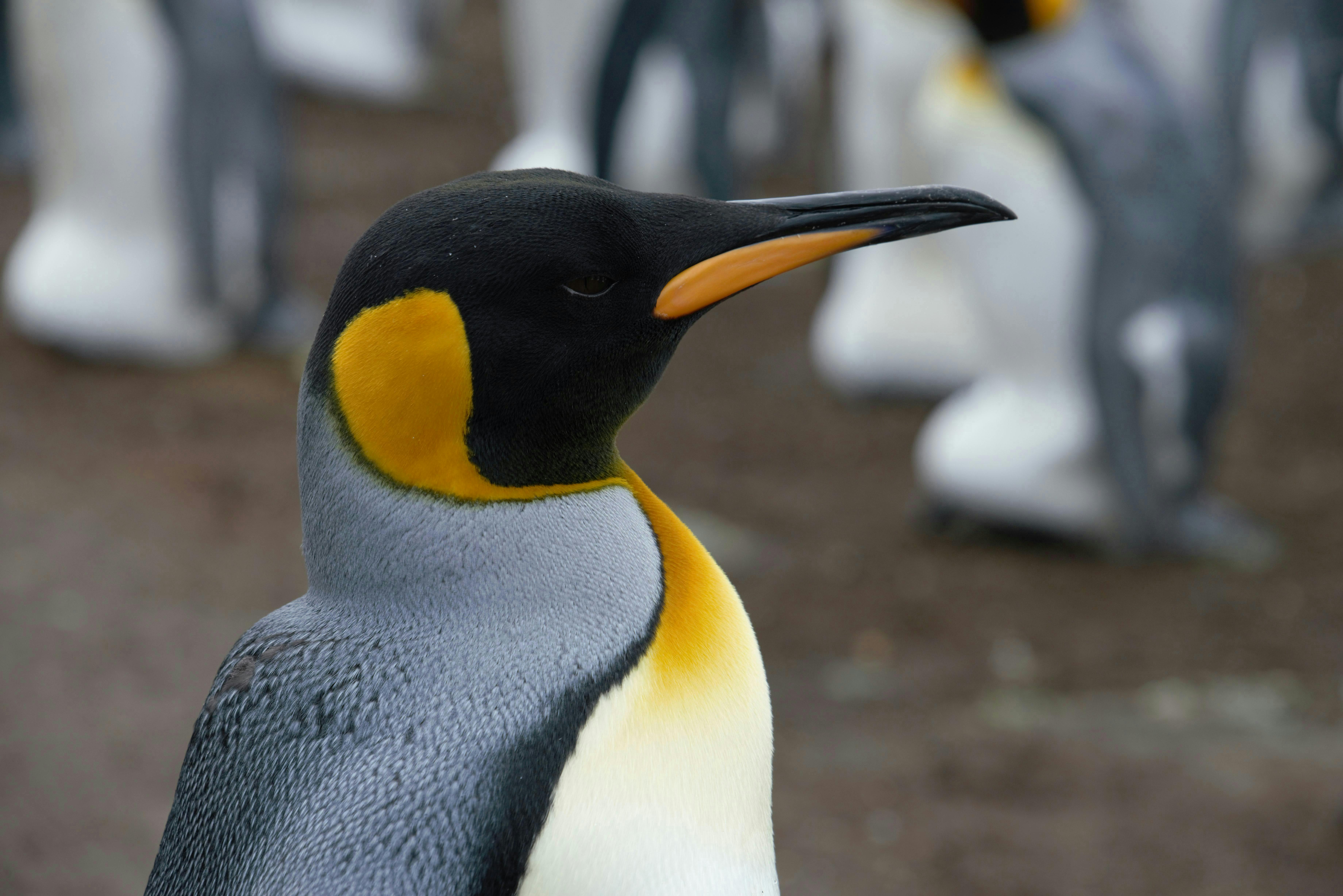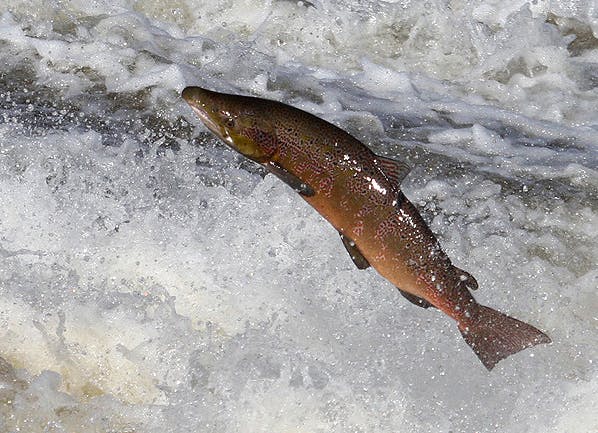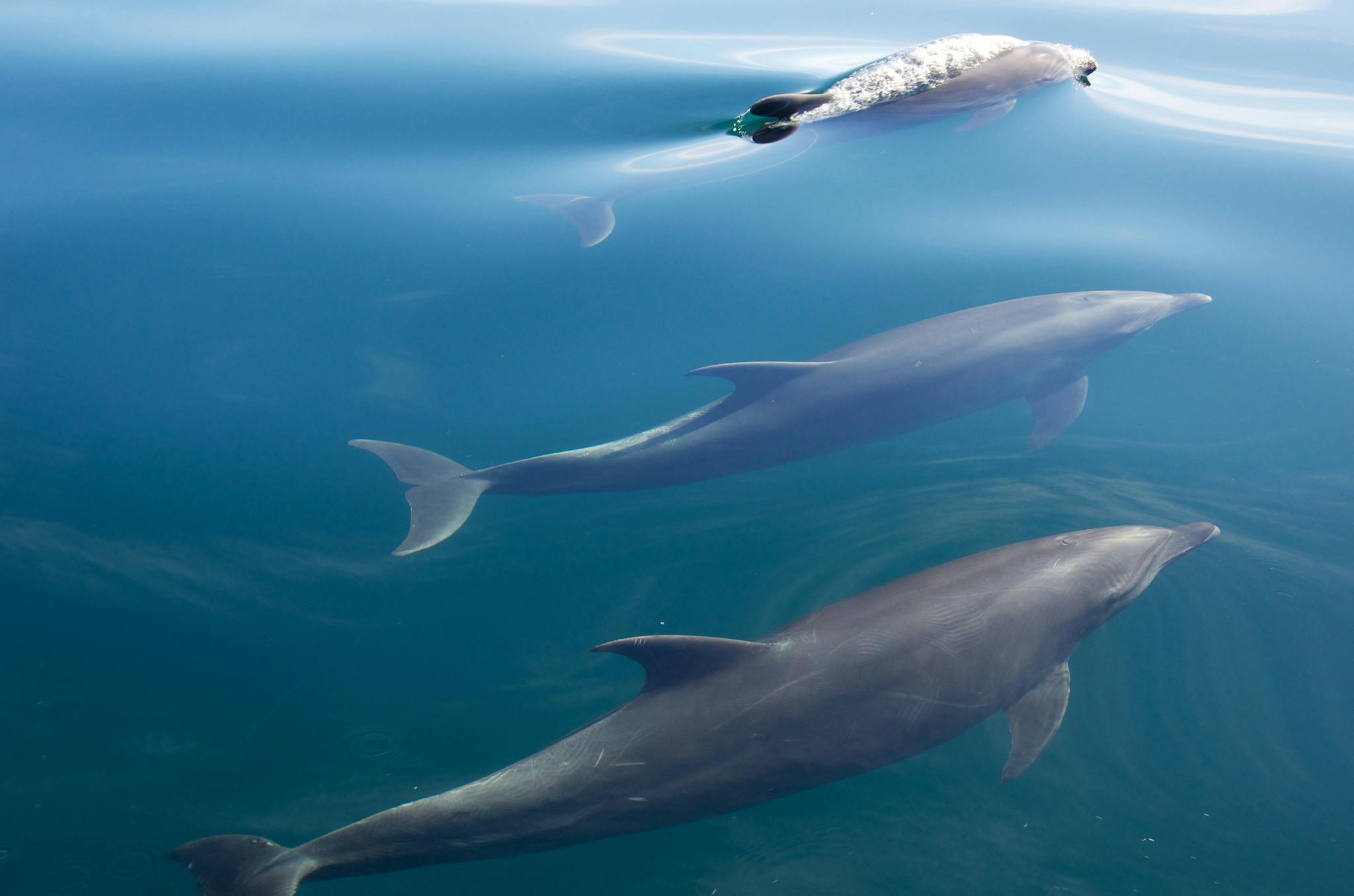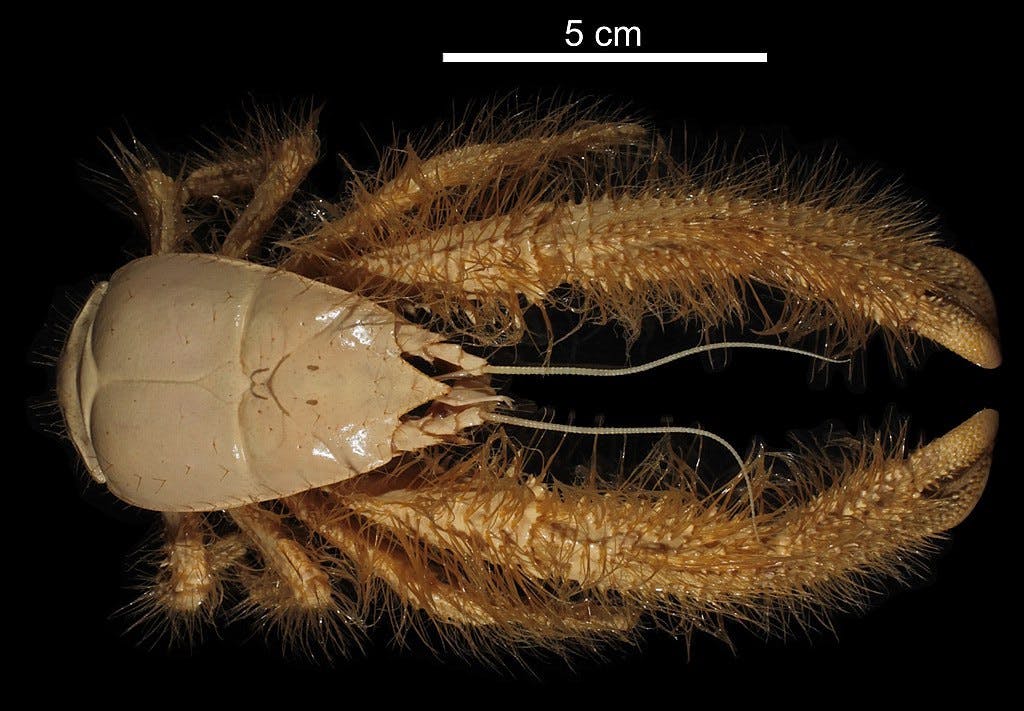Picture this. It’s finally summer and you’re excited to hit the beach to cool off from the sun’s hot rays. You eagerly jump into the water only to find that it’s bitterly cold!
While a crisp, cool dip in the lake or ocean can be refreshing and give a boost to our physical and mental health, most people cannot withstand cool water temperatures for more than a few minutes. In fact, water that is too cold can be rather dangerous to our delicate human bodies.
Most people will find their ideal water temperature for swimming to be around 25-28 degrees celsius, which is actually regulation for Olympic swimming pools. Unfortunately, these warmed-to-perfection pool temperatures only exist in natural water bodies around the equator, leaving many of us to endure goosebumps and chattering teeth when swimming or relaxing in our local waterways.
Although humans may not tolerate super cold water, there are many animals that not only survive—but thrive—in these low temperatures. On the other hand, there are some animals who prefer it warmer, just like us!
Let’s dive into learning about 6 different animals and their ideal water temperatures.
Tardigrade

This peculiar looking micro-animal is famous for both its bear-like appearance and its tolerance for extreme environments. Known colloquially as ‘water bears’ and ‘moss piglets’, Tardigrades reside mostly in freshwater ponds, lakes, meadows, and rivers.
Tardigrades are only 0.5 millimeters long, but they can withstand a vast range of extreme temperatures from as cool as -200 ºC to over +140 ºC. They are able to survive in cold temperatures by slowing their metabolic rate to an almost death-like state of 0.01% compared to normal levels!
Emperor Penguin

Living at significantly warmer temperatures than the Tardigrade (yet still much colder than most of us would like) is the Emperor Penguin! If you’ve seen the animated film ‘Happy Feet’ then you’ll instantly recognize these penguins by their tall stature, yellow-tinged necks, or the adorably fluffy grey bellies of Emperor chicks.
What penguins lack in their ability to fly, they make up for it in their ability to dive and swim in the freezing waters of Antarctica that remain around 1.8 ºC year-round. Emperor Penguins spend roughly half their life on land. The other half, they spend in the sea, where they can dive 20 metres deep to search for food while their dense feathers keep them warm.
Leatherback Sea Turtle

Leatherback turtles are not only the largest species of turtle in the world, but they can also withstand the coldest temperatures of all reptiles.
As the world’s largest turtle, they can reach sizes of up to 7 feet long and 2,000 pounds. On the lower limit, they can survive temperatures just below freezing (-1 ºC), and on the upper limit, leatherbacks can withstand temperatures of up to 30 ºC in the tropics. They are also expert divers, being able to dive up to 4,000 feet deep!
Salmon

Moving up the thermometer, we find salmon, which are unique for their ability to live in both freshwater and saltwater. Very few other fish species are capable of surviving in such great ranges of salinity, but salmon are famous for it!
There are various species of salmon, from Chinook to Atlantic. Something they all have in common is that their optimal water temperature is between 14-20 ºC. Although not ideal, they are capable of surviving in waters as cold as 0 ºC.
In addition to their ability to survive in varying salinities and temperatures, Salmon are excellent swimmers. They have been recorded as having travelled up to 3,000 kilometres upstream in cool freshwater in order to spawn!
Dolphins

Fifth on this list, we have the famously friendly and intelligent dolphin. Like humans, dolphins are warm-blooded. That’s why they prefer their water warm, like we do! While different species of dolphins can live in waters between 10-32 ºC, the most famous species, the Bottlenose Dolphin, prefers tropical and temperate waters near coastlines.
Just as dolphins are similar to us in their preferred water temperature, these highly intelligent creatures also exhibit human-like personality traits such as curiosity and sociability.
Yeti Crab

Let’s round out this list with another extreme environment dwelling animal: the Yeti Crab. Their quirky name is derived from their furry arms, which harbour bacteria that the crabs feed on. These small critters are only around 15 centimeters long.
They reside in hydrothermal vents at the bottom of the ocean where super hot water seeps out through cracks in the earth’s crust. The water in these vents can reach temperatures of up to 380 ºC!
Each species on this list, whether it be a microscopic ‘water bear’ or a 2,000 pound leatherback turtle, survives and thrives in unique water temperatures.
The diversity of water temperatures is not purposeless. Varying water temperatures support diverse animal-life. In turn, these animals help create healthy ecosystems that supply essential resources like clean water and oxygen to all life on earth.
So next time you find yourself complaining about your local waterbody’s temperature, you can recall the many species that <em>require</em> such conditions for their very survival! Perhaps, you might even channel your inner Emperor Penguin or Yeti Crab and embrace the cold or hot water with delight.